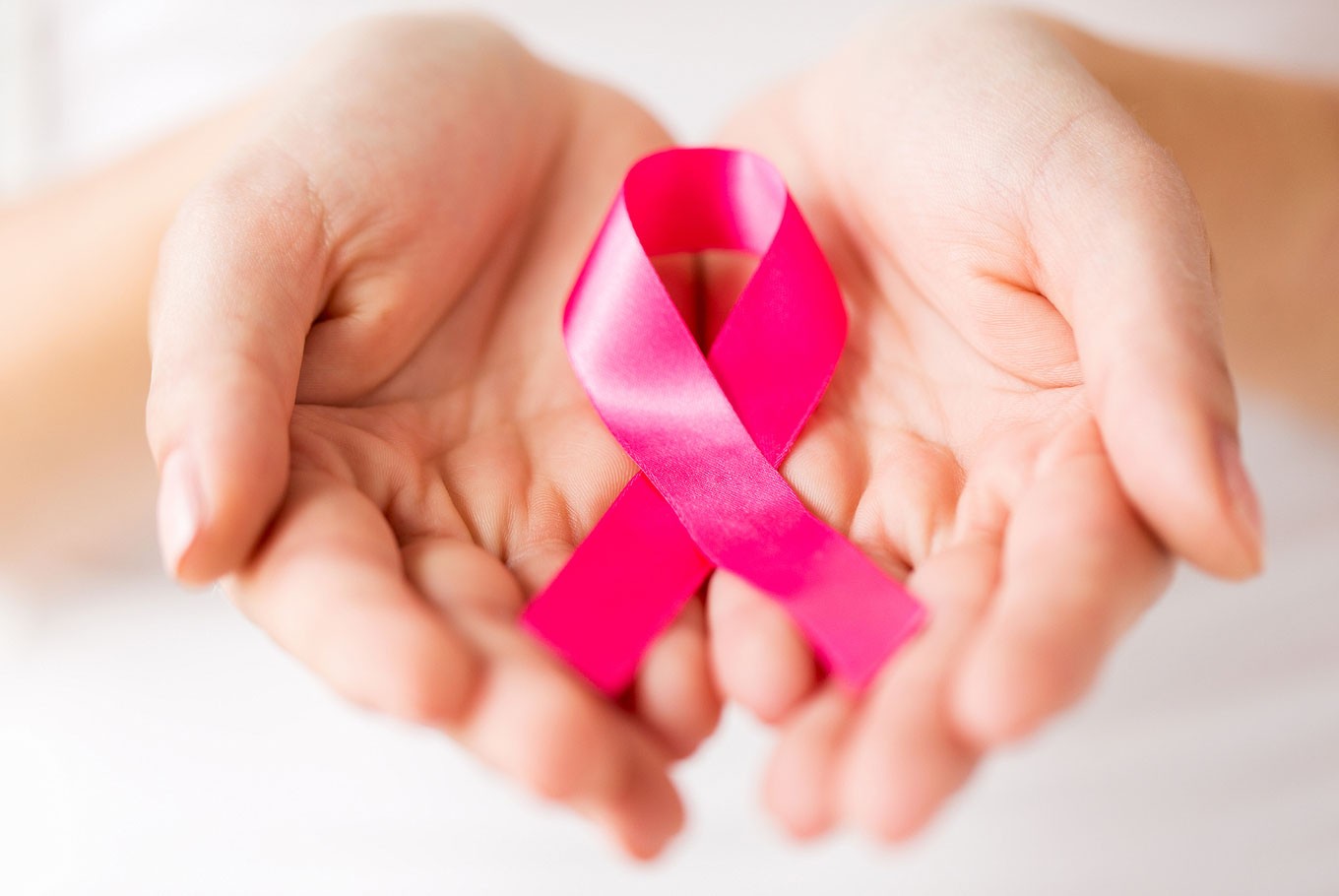Popular Reads
Top Results
Can't find what you're looking for?
View all search resultsPopular Reads
Top Results
Can't find what you're looking for?
View all search resultsFive cancers that are treatable
When it comes to cancer survival, there are no guarantees. But doctors have more success detecting and treating some types of cancers than others.
Change text size
Gift Premium Articles
to Anyone
 Modern medicine has made great strides in the treatment of breast cancer. Doctors today know more about how to find and treat it. (Shutterstock/*)
Modern medicine has made great strides in the treatment of breast cancer. Doctors today know more about how to find and treat it. (Shutterstock/*)
W
hen it comes to cancer survival, there are no guarantees. But doctors have more success detecting and treating some types of cancers than others. The most important key to survival is early detection. This means you need to get screened regularly.
Some experts avoid using the word curable, because you can never be sure that cancer will go away for good after treatment. They prefer using the word "remission," meaning cancer free but there's a chance the disease can return. But in general, a person who stays cancer-free for five years after a diagnosis has better odds of survival.
That benchmark doesn't mean you can’t die from cancer or even that you don't still have it in your body, but it is a good sign.
Here are five cancers where there's stronger hope for survival.
People cancer-free for five years after diagnosis: 98.9 percent.
What makes it treatable?
Many prostate tumors grow slowly or not at all. When that happens, they aren't harmful enough to need treatment. Many men with these types of tumors can live for years without problems. They often die of something other than their cancer.
What makes it less treatable?
When cancer spreads (called metastatic cancer), it's much harder to treat. A small percentage of prostate cancers can move quickly to distant parts of the body. When that happens, just 28 percent of men live five years after they are diagnosed. The good news is that doctors usually catch most prostate cancers early before they spread.
Does screening help?
There are two main ways to check for prostate cancer. One is the digital rectal exam, when your doctor checks inside your bottom with a gloved finger. The second is a blood test called the PSA test, which measures levels of a protein that is often higher in men with prostate cancer. PSA can go up for reasons other than prostate cancer, so some medical groups say men who have a normal risk for the disease shouldn't get the test.
Talk with your doctor about whether you need testing. Always let them know if you notice any problems like trouble peeing or blood in your pee. These could be symptoms of cancer or other prostate problems.
People cancer-free for five years after diagnosis: 97.9 percent
What makes it treatable?
The thyroid is a butterfly-shaped gland in your neck that makes hormones your body needs to burn calories, control your heartbeat and more. The most common type of thyroid cancer, papillary, grows slowly. Even when tumors are large or start to grow into other nearby tissues, doctors often can treat and even cure this disease with surgery that removes the gland. After surgery, people take medicine to replace the hormones the thyroid makes. Doctors are also finding thyroid cancers earlier than ever before, which makes them easier to get rid of.
When is it less treatable?
A type of the disease called anaplastic thyroid cancer has a 5-year survival rate of only 7 percent, but it's very rare.
Does screening help?
There are no recommended screening tests for thyroid cancer. Most people find out they have a tumor when they (or a doctor) feel lumps or swelling in their neck. Sometimes a doctor spots the problem when you get an ultrasound for another reason. Definitely tell your doctor if you feel a lump in your neck or if you have any symptoms such as trouble breathing or swallowing.
People cancer-free for five years after diagnosis: 95.3 percent
What makes it treatable?
In its early stages (when the tumor has not spread to other body parts), doctors can cure this cancer with surgery to remove one or both testicles that have a tumor. If a man has only one testicle removed (which is the norm), the other will make enough hormones for him to have sex and father children. For later-stage cancers, surgery and radiation or chemotherapy often work well. Doctors credit the chemo drug cisplatin, introduced in the 1970s, with major boosts in survival rates for advanced testicular cancer.
What makes it less treatable?
There are treatments that work well even for advanced testicular cancer. The 5-year survival rate for this type of tumor is 73 percent, still pretty high for a cancer in the late stages.
Does screening help?
There are no screening tests for testicular cancer. Men should see their doctor if they feel a lump in a testicle, or if one becomes larger than the other. These could be early signs of a tumor.
(Read also: 9 signs of lung cancer not to ignore)
People cancer-free for five years after diagnosis: 91.5 pecent
What makes it treatable?
You can usually spot melanoma skin cancer with the naked eye while it is still in its early stages. If it hasn't spread beyond the surface of the skin, doctors can remove it with surgery.
What makes it less treatable?
If you don't catch it early, melanoma is much more likely than other skin cancers to spread to other body parts. Once it goes beyond the skin's surface, it’s hard to treat. Only 15-20 percent of people who find melanomas after they have spread to other body parts will still be alive five years after their diagnosis.
Does screening help?
Yes. You can check your skin for large, dark, oddly shaped, or raised blotches. It's especially important to check your back and your scalp, scrotum, and in between your toes. It's harder to see melanomas in these places. Tell your doctor right away if you notice any of these changes. He can tell you if the spot is normal or not. Get screened regularly by a dermatologist if you have a higher risk for melanoma, like if you have had it before or if it runs in your family.
People cancer-free for five years after diagnosis: 89.4 percent
What makes it treatable?
Modern medicine has made great strides in the treatment of breast cancer. Doctors today know more about how to find and treat it. We also understand the condition much better than ever before. For instance, we now know that breast cancer is not one disease but many. Researchers have come up with different medications to treat specific types.
What makes it less treatable?
Breast cancer caught early is easier to treat and cure than after it starts to spread. Some types of the disease are also more treatable than others. For example, a breast tumor that is "estrogen receptor positive" will benefit from drugs that lower estrogen levels. On the other hand, "triple negative" breast cancers tend to be more aggressive and don't benefit from targeted treatments.
Does screening help?
Yes. Studies have found that regular mammograms can help you live longer. But medical groups have different guidelines on who should get them. Some recommend screening tests every other year starting at age 50 if you have a normal risk for breast cancer. The American Cancer Society recommends annual screening tests starting at age 40. (kes)










